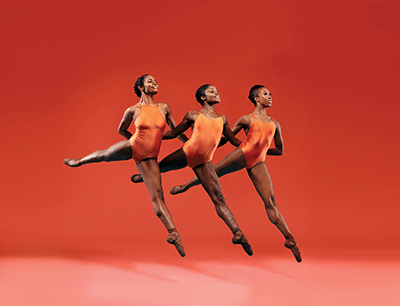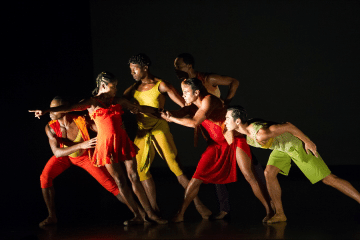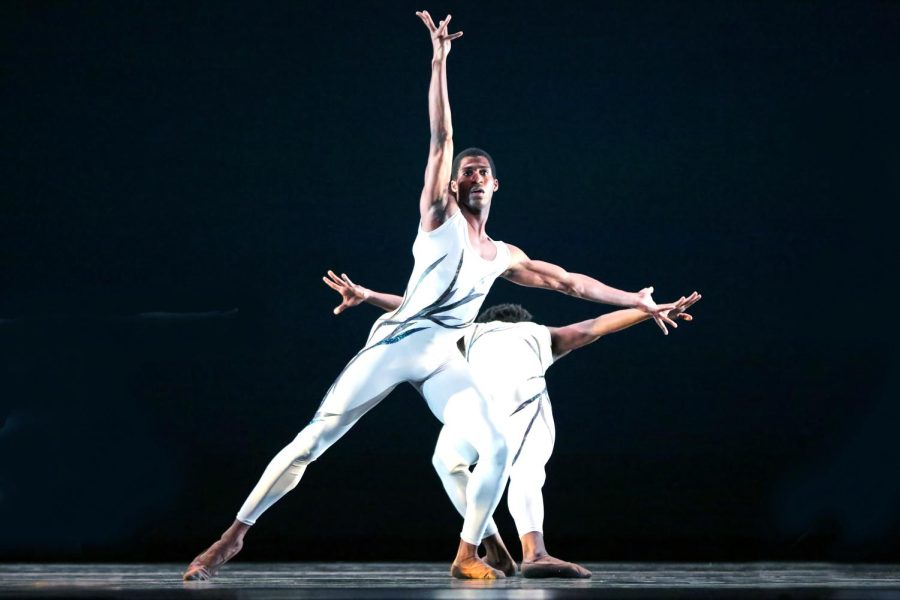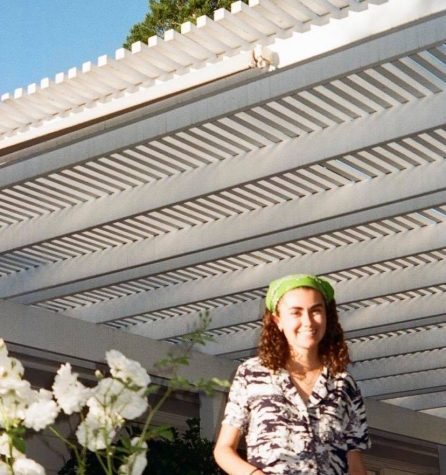Dance Theatre of Harlem sets a new standard for contemporary ballet
February 3, 2022
Last Friday, Jan. 28, the Dance Theatre of Harlem returned to the University of Minnesota’s Northrop Auditorium for the first time in over seven years.
The 53-year-old dance company has long been a cultural and social staple in the classical ballet community as one of the most prominent and influential multi-ethnic cohorts of dancers and choreographers. Founded by Arthur Mitchell, a Black ballet dancer and pioneer of his craft, the Dance Theatre of Harlem was created with a vision for Black dance to move beyond what it had been siphoned to.
Founded in 1969, the impetus for starting the company was Dr. Martin Luther King Jr.’s assassination at the height of the Civil Rights Movement. By 1979 the company was touring internationally and preserved its place as a leading political and cultural organization. They were the first American ballet company to perform in Russia after the fall of the Soviet Union and to perform in South Africa at the end of the apartheid. Economic struggles forced the company onto a hiatus from 2004 to 2012, but today, the Dance Theatre of Harlem remains as one of few patrons of contemporary ballets created and danced by Black artists.
The performance on Friday was a triple bill consisting of Robert Garland’s titular “Higher Ground,” Claudia Schreier’s “Passage” and Annabelle Lopaz Ochoa’s “Balamouk.” It is rare to see one female choreographer in a dance program, let alone two, signaling that the Dance Theatre of Harlem is a steward of intersectional and important dance.
Garland’s “Higher Ground” was slated to premiere in Detroit in March of 2020; due to the pandemic, its official premiere was last month. While every aspect of the piece felt distinct, the score is at the crux of the creation. Six of Stevie Wonder’s songs from 1970 to 1976 radiated through the dancers’ bodies as they embodied a revolutionary contemporary ballet style combining pop music melodies with the grace and technique of classical dance. Nods to African dance, Motown, social dance and the Civil Rights movement were beautifully woven together by the six dancers as they used pointework and classical techniques to their advantage.
 Garland specifically chose Wonder’s “Look Around,” “Heaven Is Ten Zillion Light Years Away,” “You Haven’t Done Nothin,’” “Higher Ground,” “Saturn” and “Village Ghetto Land” for their protest references. He centered spirituality and urgency in the creation process drawing on lessons learned from the Civil Rights movement and Arthur Mitchell’s legacy. The music is a reminder of what it sounds like when an artist is really representing their voice, Garland said to the New York Times.
Garland specifically chose Wonder’s “Look Around,” “Heaven Is Ten Zillion Light Years Away,” “You Haven’t Done Nothin,’” “Higher Ground,” “Saturn” and “Village Ghetto Land” for their protest references. He centered spirituality and urgency in the creation process drawing on lessons learned from the Civil Rights movement and Arthur Mitchell’s legacy. The music is a reminder of what it sounds like when an artist is really representing their voice, Garland said to the New York Times.
It is a hard feat to set ballet to a pop score — many choreographers try and fail — but Garland’s interpretation is truly new and moving. The energy was high and infectious as many audience members couldn’t help but dance along in their seats. The dance featured moments of reflection and quiet as well; though Garland’s “Higher Ground” was choreographed before George Floyd and Daunte
Wright’s murders and heightened attention to the Black Lives Matter movement, Minneapolis is a poignant place for this performance to take place.

The second installment of the performance was Claudia Schreier’s 2019 piece entitled “Passage.” Representing an abstract interpretation of the 400th anniversary of the enslavement of Africans in 1619, “Passage” is a visually stunning dance full of otherworldly capacities of the body. At the start, three dancers hold another dancer up above their heads and bend her body in wavelike motions down to the floor and up straight again. The creation of “Passage” was featured in a PBS Emmy-winning documentary, “Dancing on the Shoulders of Giants,” which followed the Virginia Arts Festival’s acknowledgement of enslavement in Virginia.
With an all-female creative team behind “Passage” — costumes by Martha Chamberlain and a string-based score by Jessie Montgomery — femininity is a clear theme of the work through lightness, connectivity and intimacy. However, Scheier’s choreography is in equal measure strong and steadfast. Inspiration for the dance was to acknowledge and honor the past, not recreate the factual story of slavery.
The light blue costumes pair nicely with the cohesive simplicity of the choreography and invent new representations of “the fortitude of the human spirit and an enduring will to prevail,” as stated in the program notes. It is difficult to spur thoughtful emotions through abstraction, but Scheier does so beautifully with lengthening reaches of dancers’ arms and suspenseful lifts and swings of limbs and bodies.
The third dance of the evening was Annabelle Lopez Ochoa’s 2018 “Balamouk.” The piece consists of contemporary takes on ballet, jazz, African and folk dances. Ochoa is known for her multi-genre pieces which pose a vibrant and eclectic challenge for more traditional companies. Balamouk, meaning “house of insane” in Romanian, comes from the French band Les Yeux Noirs 2002 album of the same name. Les Yeux Noirs’ music complements Lisa Gerrard and René Aubry’s work in “Balamouk” as it injects energy into the dancers and audience.
Bright colors on the dancers’ bodies are only one component of the party atmosphere “Balamouk” creates through large steps, coordinated group movements and upbeat music. Multiple times throughout the piece the dancers reach their arms to the sky and joyously look out into the audience, seemingly inviting you into their space to move to the rhythm with them. Celebration is a tenet of “Balamouk” that threads together a throughline of community and thinking out of the box.
In all the pieces on Friday, all of the dancers wore masks matching their skin tone. It was appreciated that the dancers took safety precautions, though it is interesting to compare and contrast how companies approach masks differently. The bareness of the masks, now a part of the costuming choices, blended the dancers’ facial expressions into almost a blank expression. The allusion was slightly confusing and distracting, and posed the question if a colorful mask would have been less so.
The Northrop Centennial Commissions program — of which “Higher Ground” took part — gave eight dance companies from around the world the chance to develop new pieces of dance with physical residencies and financial support throughout the pandemic. At least one company will be supported every year from now until 2029 as the program reaches Northrop’s centennial anniversary. The season consists of a range of in-person performances, workshops and online streaming performances. To learn more, go to northrop.umn.edu.














